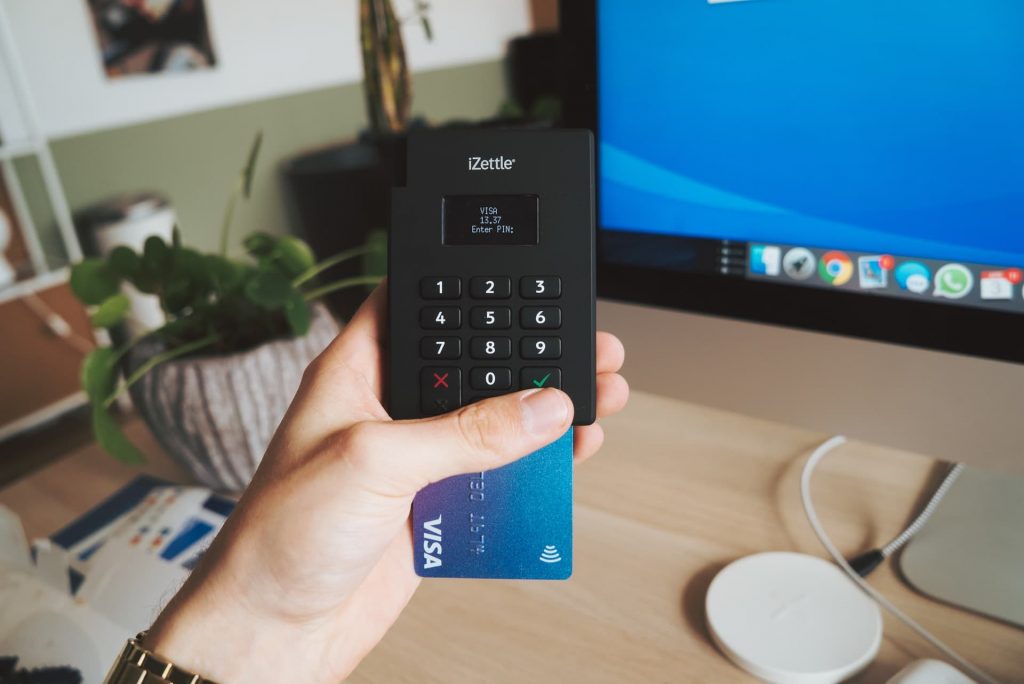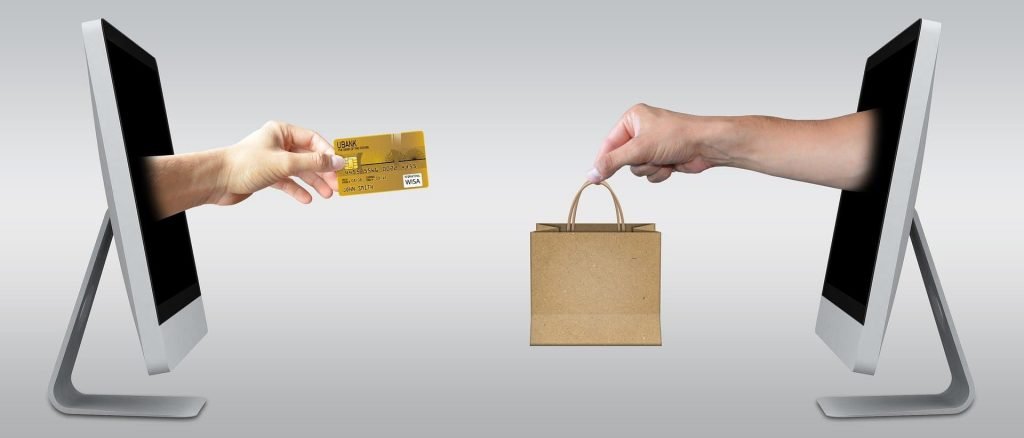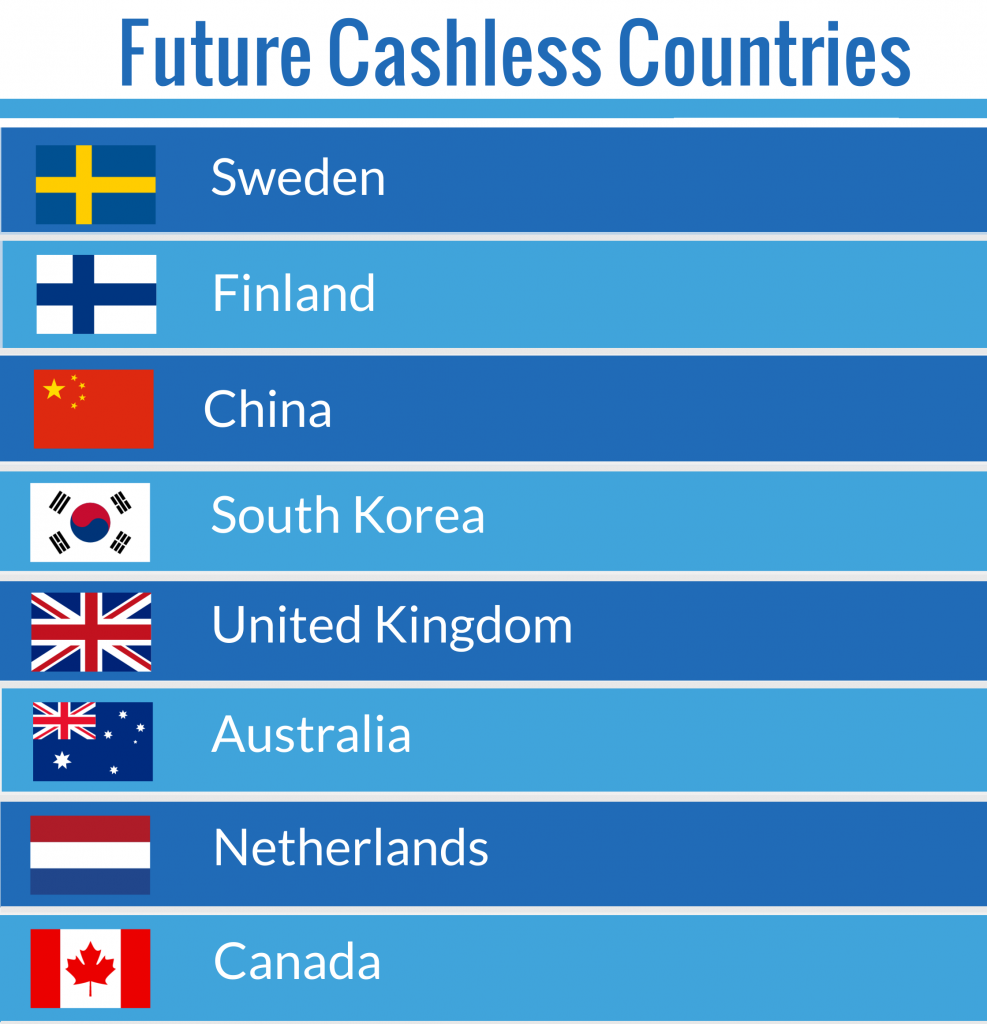Cashless Societies: Which Countries Are Making The Switch?
Last Updated on May 23, 2023 by Corepay
We’ve all heard that we’re moving towards cashless societies, but we’ve all probably brushed it off as doomsaying or too-far-into-the-future technology.
Except now we’re getting closer to that reality.
According to an article in SmarterTravel.com, some banking experts are predicting that Sweden will eliminate cash as a payment method by the year 2023 and that all of their transactions will use a digital payment method, such as credit and debit cards, RFID signals, digital wallets, and so on.
Should this happen, this would make Sweden the first cashless country in the world.
In this article, we are going to take look at the various countries that are aiming towards cashless societies in the near future as well as what this means for merchants moving forward.
Merchants need to have a greater understanding of what payment solutions are going to look like in the future.
It is important to note, that while some predictions indicate the United States will go cashless, it still remains a distant reality.
Let’s take a look at what a cashless society and cashless countries would entail for merchants, as well as for individuals.
What Is A Cashless Society?

A cashless society in its simplest terms is a society in which purchases of services and or goods are made by credit cards/electronic funds rather than cash or check.
You might be thinking, “well aren’t a vast majority of purchases made electronically already?” You would be correct, as it is impossible to deny the convenience of electronic transfers and purchases.
This being said, just because countries are taking tremendous steps to go cashless, that doesn’t mean that it will be enforced by the government.
It is also important to remember that there are individuals who still prefer cash, as they feel there is less government control.
A cashless society doesn’t mean just a major shift from cash to electronic payments, it means a complete shift in that cash is no longer used for anything.
To better understand what going cashless means, let’s take a look at the pros and cons below.
Pros
There are many benefits to going cashless. Those who are able to take advantage of ever-growing technology will find that one of the main benefits is convenience.
With apps like Venmo, Paypal, and Zelle, it is hard to deny the convenience that technology has provided us with.
Should countries decide to go cashless, this would greatly decrease illegal activity such as money laundering, illegal transactions, illegal gambling, and drug operations.
Here are the main benefits that you could expect from a cashless country.
While a lot of these points may seem like common sense, they are extremely valid points of discussion.
In general, many individuals probably would agree that all of these things are positives.
This being said, let’s take a look at some of the cons with a cashless society.
Cons
From what we’ve gathered, the main downfalls of going totally cashless are security breaches and personal spending habits. To combat this, over the years, the banking and credit card processing industries have seen drastic increases in security.
While hacking can certainly be a concern, digital paper trails could end up being the reason why you’re able to get back $2,000 that was stolen from you. If this was cash, it would be much harder to prove it wasn’t you who spent the funds or that you were robbed.
Overview Of A Cashless Society

So, what would a cashless society look like? In a way, similar to what we’re seeing today with electronic transfers, and more and more businesses accepting different forms of electronic payments.
This is one of the major reasons why merchants need to make sure they are working with reliable and up-to-date payment processing companies.
Without cash and coins, all payments would be handled electronically. Rather than using cash to exchange value, you would be authorizing transfers of funds from one bank account to the next.
While credit cards and debit cards are definitely seeing a heavy uptick in overall users, they may not be the only thing to contribute to a totally cashless society.
In addition to the traditional Visa, MasterCard, and American Express cards, as well as Discover, JCB (Japan Credit Bank), there are other options you need to be prepared for.
There are apps like PayPal, Venmo, Zelle, and Cash apps. There’s WeChat Pay and AliPay mobile chat and payment apps, which have 800 million users around the world.
And lastly, there’s Brazil’s Boleto Bancário, which is organized by the Brazilian Federation of Banks, which makes up 25% of the country’s total payments with 3.7 billion transactions per year.
Mobile wallets would also likely be heavily prevalent with services like Apple Pay. Countries that are starting to stray from cash and have seen a steady rise in mobile payments.
The last thing to touch on is cryptocurrencies. Cryptocurrencies are already being used for transfers and they also bring new technology and innovation.
This being said, cryptocurrencies like Bitcoin are still considered to be extremely high-risk for merchants and consumers.
To sum this all up, we would likely see an increase in security and an increase in mobile apps focusing on convenience for consumers and merchants.
Cashless Cities

Smarter Travel predicts that cities like Stockholm, Reykjavik, Seoul, Singapore, and several cities in China will go cashless. So what does this mean for retail and online merchants, and their merchant service providers?
While these cities going cashless will only affect a fraction of the globe, merchants who accept all forms of payment may need to get used to more and more alternative forms of payment to crop up.
Cashless Countries

There are currently no cashless countries. This being said, there’s a growing number of countries seeking to go cashless in the coming years.
Let’s take a look below at some of the countries that are closest to going cashless:
- Sweden
- Finland
- China
- South Korea
- United Kingdom
- Australia
- Netherlands
- Canada
Sweden
With a date set in 2023 to go completely cashless, Sweden is arguably the closest country to achieve this. It is currently not uncommon to see signs that say “No Cash Accepted” in various shops in Sweden.
A recent study from the European Payments Council showed that cash transactions accounted for only 1% of Sweden’s GDP in 2019 with cash withdrawals steadily declining by about 10% a year.
While consumers are generally happy, those struggling financially or technologically still continue to rely on cash.
Recent reports show that mobile payments are accelerating very sharply in Sweden. One of the main reasons for this is that Swedes are tech-savvy.
For example, Swish, which is a mobile app, had over 7.8 million users in July of 2020 and also performs close to 50 million transactions a month.
Should Sweden achieve a truly cashless economy, visitors will want to be sure that they have forms of electronic payments.
Finland
Finland has a smaller population of around 5.5 million. This being said, cash in Finland is becoming irrelevant through rural and urban areas.
So, what is Finland doing differently than Sweden? Finland is not taking as aggressive measures as Sweden in going towards a fully digital economy, however, it is reported that Finland is currently more capable of going fully cashless this moment.
Finland currently ranks second to just Ireland in terms of frequency of use of cards, and fifth in e-commerce spending, and second in smartphone penetration.
China
While China is a bit behind both Finland and Sweden, the growth in electronic payments is far more significant, given its massive population size.
Like other countries that have been aiming towards going cashless, China has shown a rapid adoption of mobile payments. Currently, one of the most popular ways to pay by phone is through QR code scanning.
China is leading the charge in eCommerce and is the biggest eCommerce market in the world. With annual online sales of $672 billion and an annual growth rate of 27.3%, China doesn’t show signs of slowing.
South Korea
South Korea is currently more cashless than China, however, there are far fewer people.
More and more South Koreans are starting to rely on credit cards and various digital payment tools. South Korea already has most of the infrastructure in place nationwide to go cashless.
It was reported that roughly 6% of South Korea’s GDP being eCommerce spending and more than 100 transactions on every credit card per year.
This should keep South Korea in the conversation in the coming years when it comes to the idea of going cashless or even just relying more on electronic solutions.
United Kingdom
The UK has embraced technology, including the digitization of money. London, specifically, has done so the most so far and continues down this path.
The UK has a strong presence in online banking and it is currently in second place to just the United States when it comes to financial tech areas. There has also been a strong increase in merchants accepting more card and mobile payments.
In 2020, the UK was 3rd to just the United States and China in eCommerce GDP, and they sit well above 4th place, Japan.
Australia
Australia is a bit behind the other countries mentioned in this list, however, it is definitely worth the mention. We are currently seeing Australia start to digitize most of its economy. It is predicted that most individuals in Australia will own a smartphone by 2020.
This is a major advancement as a lot of payments are done via mobile transactions nowadays.
On top of this, internet banking penetration is now over 75% of the total population.
Over the last 5 years, the use of debit cards has increased by over 90% and online banking transactions have increased by over 43%.
Netherlands
The Netherlands is one of the leaders in Europe when it comes to electronic transactions. A striking statistic is that 99% of the population currently owns a debit card.
Over half of payment transactions in 2020 were contactless and via debit card. This is a huge step towards the potentiality of going cashless.
With this being said, cash still remains to be an important payment type.
Canada
While Canada is nowhere near going cashless, they have some very interesting statistics regarding electronic transactions.
83% of Canadians no have a smartphone. This is huge as consumers use smartphones to pay bills, shop online, and transfer funds. A study even suggested that nearly 80% of Canadians wouldn’t leave home without their phones.
We’re also seeing that over 70% of personal purchases in Canada are now card-based. While it’s hard to deny this boom, going completely cashless in Canada seems to still be far away.
Will The U.S. Become A Cashless Country?

With a disparate level of technology and a wide span between rich and poor people, it is hard to see the United States going completely cashless in the near future.
When a significant number of our population are poor, refuse to use smartphones, or are severely unbanked/underbanked, one could guess that cash will be around for a long time.
Not to mention the various laws that require that anyone who sells something must accept cash as a form of payment, as well as several cities that have also passed ordinances to prevent businesses from going completely cashless.
While many believe the United States won’t be going cashless anytime soon, countries with lower levels of economic inequality and greater trust in government seem to be pushing the envelope.
This being said, the United States, like most countries, is making some major moves when it comes to electronic payments and transactions.
What Can Merchants Do?
Now, more than ever, merchants should be doubling down and making sure that they are able to accept various payment methods.
As certain cities and countries around the world continue pushing electronic transactions, it will be more important than ever that your business is able to process various payments.
Even if countries don’t go completely cashless, tourists may be reluctant to travel with cash and may resort to different forms of payment.
Wrapping Up
While we still have a few years before Sweden goes totally cashless and the other countries begin to follow suit, take this opportunity to look at accepting different payment methods and forms of currency.
Should you be a merchant, it is extremely important to make sure that you are working with a merchant services provider that is ready to adapt to an ever-changing industry. Not only does Corepay do this, but we also offer solutions to all types of industries including high-risk.
We appreciate you following Corepay’s blog. Let’s collaborate, send us your article suggestions, questions, and/or feedback to: [email protected].
